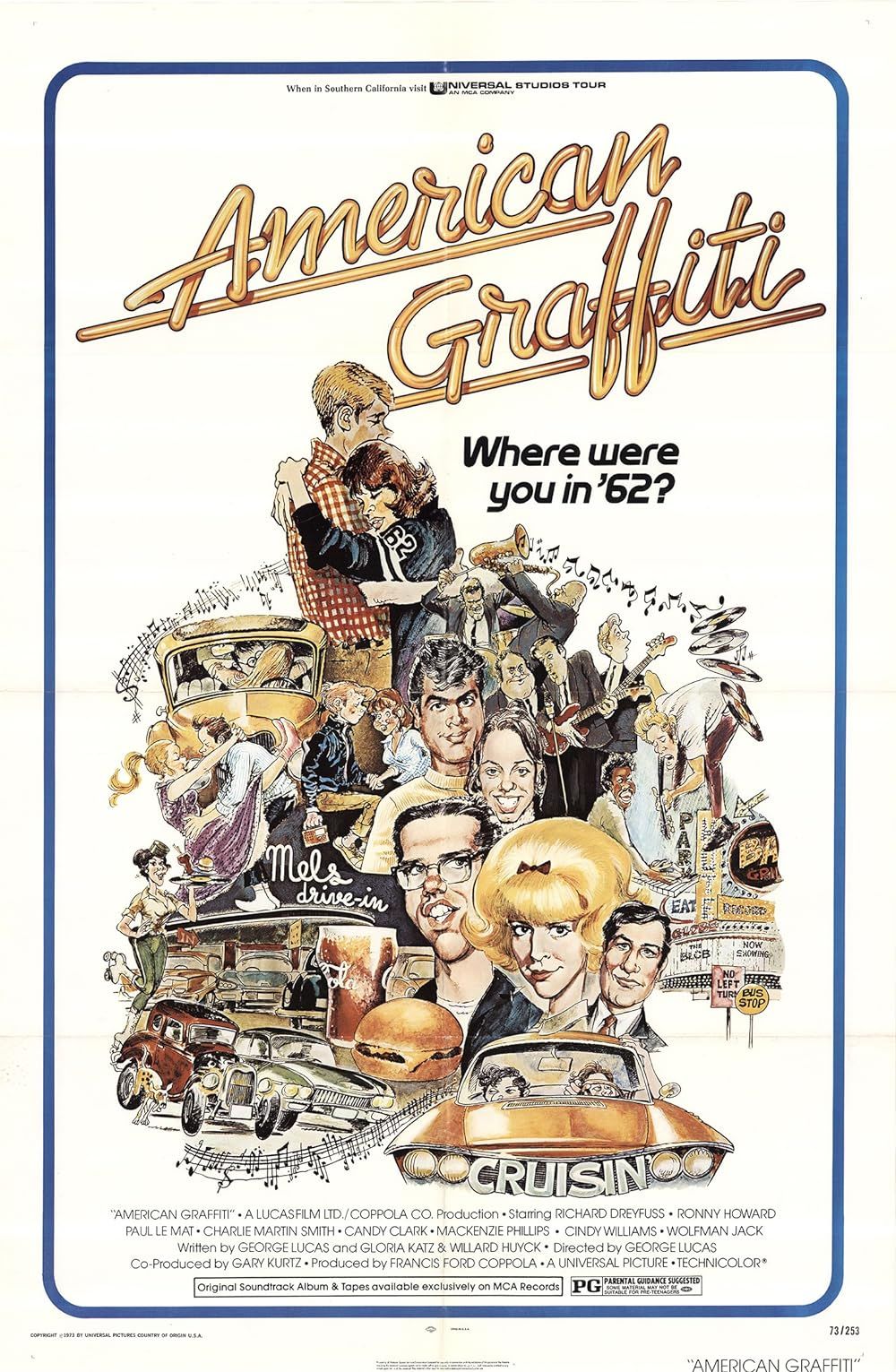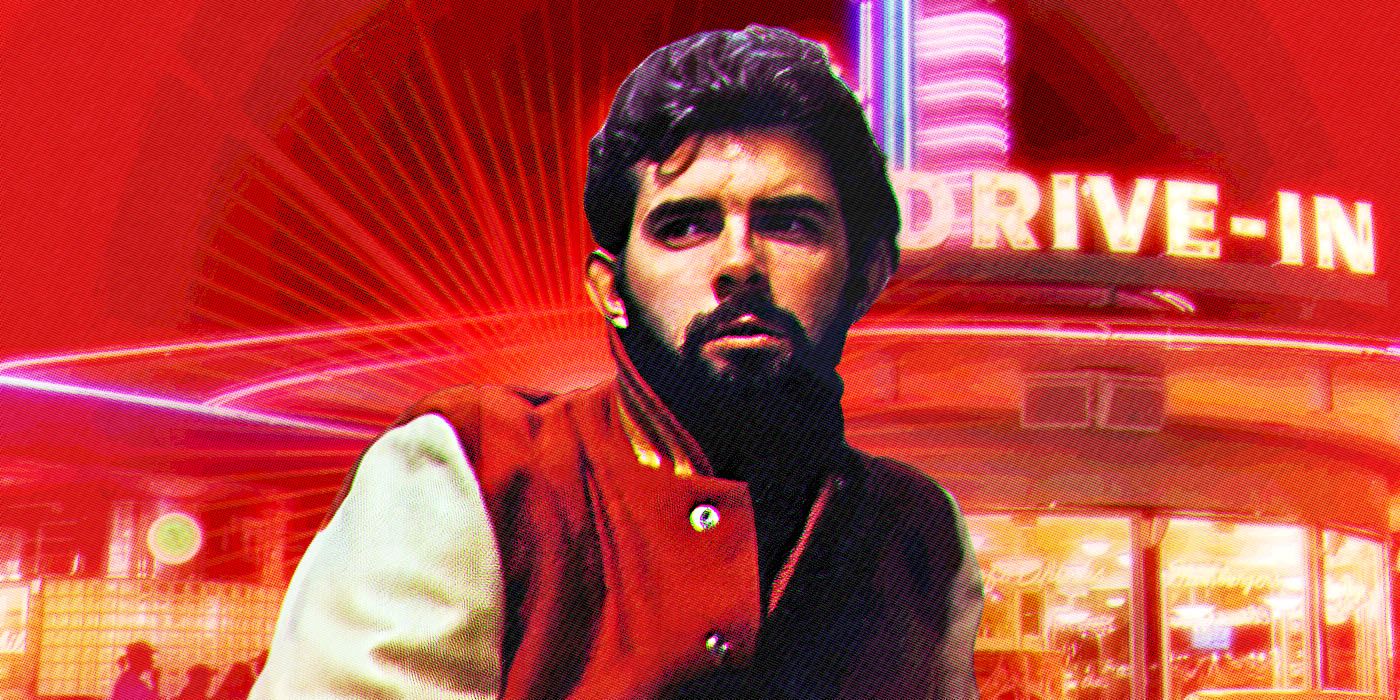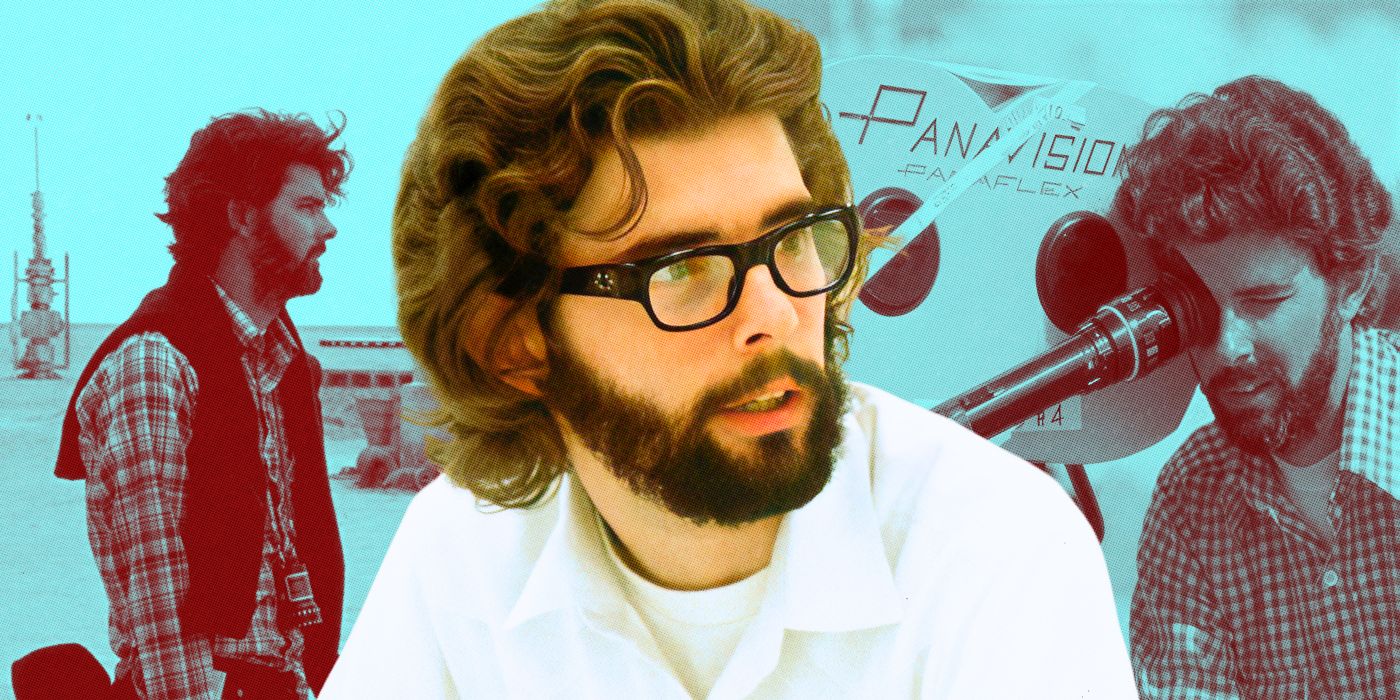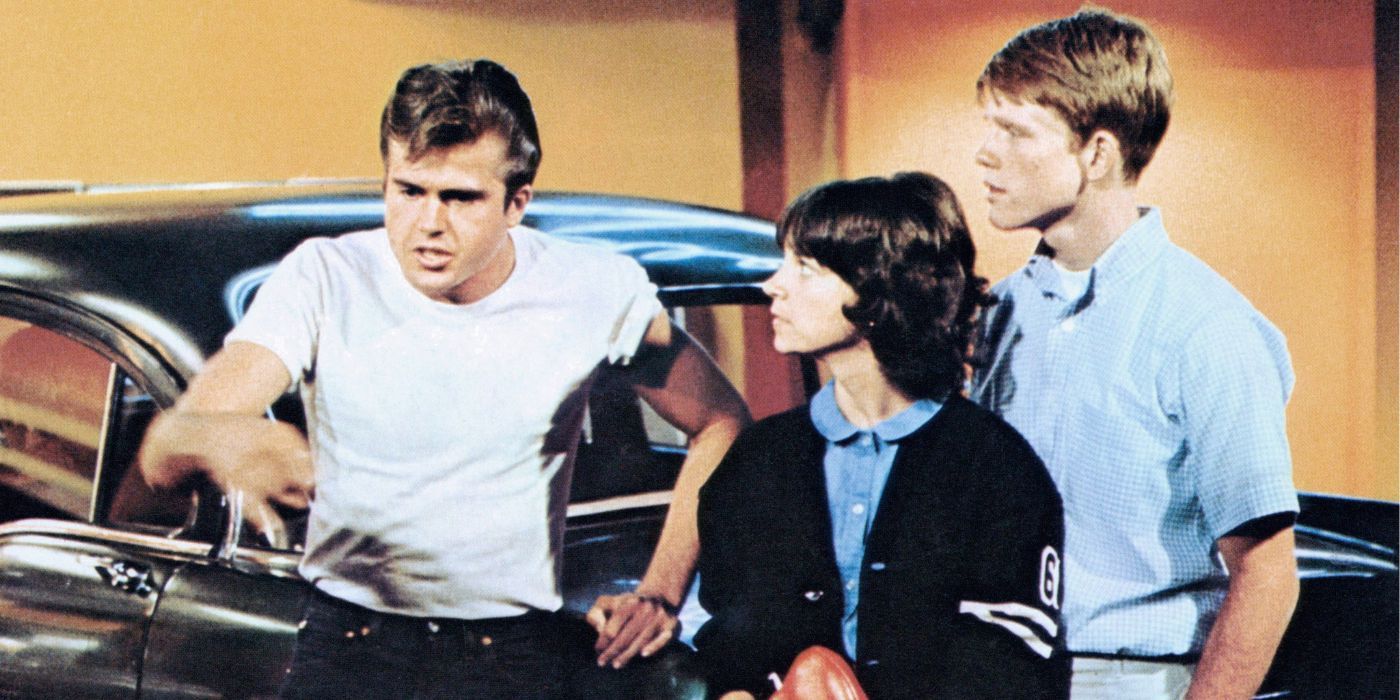The Big Picture
- George Lucas' best film & artistic peak is American Graffiti, not Star Wars, a unique film with real human connections.
- American Graffiti is a mix of comedy and melancholy that explores nostalgia and the resistance to moving on.
- The film is an incredible technical achievement, with innovative sound design, cinematography, editing, and timeless storytelling.
The best movie George Lucas ever directed is not Star Wars. Star Wars has, without a doubt, created the biggest cultural impact and was a technical breakthrough that changed movies forever — but that still doesn't make it Lucas' best film. Partly due to his shepherding of the franchise, Lucas has a much smaller filmography compared to his cohorts such as Steven Spielberg, Francis Ford Coppola, and Martin Scorsese. After his debut feature, the hard science fiction film THX 1138, he only made five other films, four of those being Star Wars movies (the three prequels in addition to the original.) In some ways it's sad — without the pressure of Star Wars, Lucas may have gone on to make more films that had broadened what was expected of him. There was one outlier in his career in particular that proved his skill as a filmmaker could be applied to other genres and still make something special. While Star Wars is undeniably a filmmaking achievement as far as entertainment and technique goes, Lucas' artistic peak as a filmmaker actually comes from when he did something entirely out of his wheelhouse: American Graffiti.
The sophomore effort from George Lucas proved not only a critical hit but a commercial one as well, including a best-selling soundtrack album. American Graffiti tells concurrent stories of a group of teenagers in 1962 on their last night of summer break before some of them leave for college. The film is loosely structured around the misadventures of these teenagers driving around their small California town racing cars, chasing girls, and experiencing the existential dread of childhood ending, all while listening to the famed radio DJ Wolfman Jack. The film also marks some of the earliest performances from big-name stars including Richard Dreyfuss, Ron Howard, Cindy Williams, and in a small but pivotal role Harrison Ford. The film is unlike Lucas' other films, which is precisely why it stands out above the rest. It was a challenge for Lucas, literally and figuratively.

American Graffiti
A group of teenagers in California's central valley spend one final night after their 1962 high school graduation cruising the strip with their buddies before they pursue their varying goals.
- Release Date
- August 1, 1973
- Director
- George Lucas
- Cast
- Richard Dreyfuss , Ron Howard , Paul Le Mat , Charles Martin Smith , Cindy Williams , Candy Clark
- Runtime
- 110
Coppola Challenged George Lucas To Make a Film for Mainstream Audiences
Lucas made his first feature working with American Zoetrope, the company founded by Francis Ford Coppola. THX 1138 wasn't the easiest sell to the general public or the studio behind it, which demanded recuts. After that experience, and facing financial trouble for his company, Coppola told Lucas his next film should be something audiences want to see. He suggested Lucas look to something more mainstream than the dystopian sci-fi that a studio may want to take away. So Lucas turned back to what he loved growing up: car cruising culture. He worked alongside screenwriters Gloria Katz and Willard Huyck (who would go on to write Indiana Jones and the Temple of Doom) to craft this story, drawing in part on their own life experiences, making the film a bit more personal for Lucas and reflective of his own self. Not that that is not found in his other works, but here it is the most grounded and closest reflection to Lucas on screen. Pushing Lucas in a different direction inevitably led to a different kind of film that he never quite captured again.
While experimenting with a non-linear structure, Lucas still creates a film that is not inaccessible to an audience. Along with his co-writers, Lucas made American Graffiti more than just a teen comedy. American Graffiti infuses the comedy with a real sense of melancholy, layering the gags and jokes with deep feelings of clinging to something that is already gone. There is poetry to John Milner (Paul Le Mat) musing that "The whole strip is shrinking! I remember about five years ago, take you a couple of hours and a tank full of gas just to make one circuit. It was really somethin'." Likewise, Kurt's (Dreyfus) quest for the girl in the white Thunderbird is not just the classic teen boy chasing after the pretty blonde, but a greater metaphor for chasing after something that is already gone. And Wolfman Jack reveals what it's like to cling to the small town and never see the world. While being a funny movie, American Graffiti goes for a nerve that leaves the audience resonating with it long after it is over.
'American Graffiti' Has Truth and Style
Part of the reason American Graffiti resonates is how much it reaches a human level. Star Wars is a great story of wanting to be something more than what your life is and being righteous and true while fighting the good fight against tyranny. Obviously, these themes connect with everyone on a base level since we all want to be the hero in our own stories, but there's something more to American Graffiti. It's not just that American Graffiti is about real people existing in the real world, but rather what Lucas is exploring with the story and characters. The movie is about turning back the clock, signaled by its opening needle drop "Rock Around the Clock." Much of the conflict between the couples and characters comes from not wanting to let go of something. Whether it's Laurie (Williams) holding on to her boyfriend Steve (Howard) while she still can, Kurt doing everything just to see that passing girl in the white Thunderbird, Terry the Toad (Charles Martin Smith) constantly trying to get things to go right with Debbie (Candy Clark), or John constantly bemoaning no longer having the fastest car in town. It's a look back at nostalgia, but not necessarily reveling in it. At times the tunes feel more like a haunt than cheer, especially as the morning starts to dawn. It speaks to a part of human nature that wants nothing more than to return to the comforts of the known, and our resistance to moving on and leaving behind what came before. It's the kind of feeling everyone feels at least one point in their lives, especially growing up.

George Lucas’ ’American Graffiti Is More Autobiographical Than You Know
Lucas' second film was directly inspired by his own upbringing.In addition to how deep the stories go, American Graffiti is an incredible technical achievement. The sound design incorporating the Wolfman Jack radio segments with the classic rock music makes for a beautiful soundtrack. The editing by Oscar winners Marcia Lucas (Star Wars) and Verna Fields (Jaws, Paper Moon) perfectly captures the timing of each comedic moment and then some. But above all is the cinematography. The colors of American Graffiti shine like a neon dream and reflect immaculately in the sleekness of the cars. The camera floats along the cars in a way that was groundbreaking at the time, crossing between each car, back and forth between conversations, employing a documentary-like style that adds to the naturalism. For a film that just turned fifty, the innovations it took with its cinematography hold up better than films shot twenty years ago.
'American Graffiti' Became the Best Film George Lucas Ever Made
No one would argue Star Wars is a bad film (especially on the internet). What George Lucas achieved when simply wanting to make a Buck Rogers-esque space adventure, became more than anyone would have imagined. But as an artistic achievement, Lucas never topped the largely hilarious and quietly tragic American Graffiti. It may not be as epic in scale, but it carried much more weight in its story. American Graffiti is a time capsule, fantastically capturing being youthful in 1962, cruising to music around town, but it is wholly universal in regard to its themes of youth gone by and resonates in any decade. The film is funny throughout, between its great dialogue and comic antics, but it also captures that very specific feeling of time running out on your childhood, all while looking gorgeous. George Lucas was challenged to make something different from his sci-fi inclinations, but the real challenge was one of looking inward, not outward, and with it, the results were the best film he ever directed.
American Graffiti is available to stream on Netflix in the U.S.


